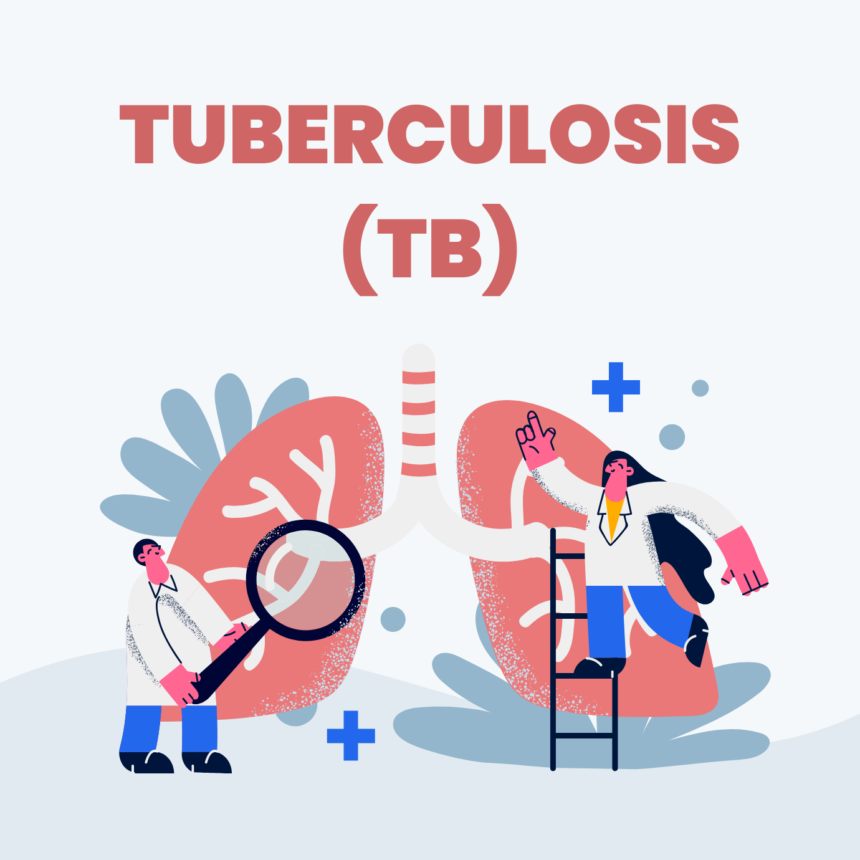This article delves into the treatment of tuberculosis (TB), focusing on the essential antimicrobial therapy used to combat the disease and work towards its eradication.
- Introduction to Tuberculosis Treatment: The article begins by emphasizing the significance of timely and appropriate TB treatment to prevent the spread of the disease and achieve complete recovery.
- First-Line Antituberculosis Drugs: This section discusses the primary drugs used in the first-line treatment of TB, which includes isoniazid, rifampin, ethambutol, and pyrazinamide. It explains their individual mechanisms of action and how they work together to combat TB bacteria.
- Directly Observed Therapy (DOT): The article explores the importance of Directly Observed Therapy, a treatment approach where healthcare providers supervise patients taking their medication to ensure adherence to the treatment regimen. DOT is particularly crucial to prevent the development of drug-resistant TB.
- Treatment Duration: This section discusses the length of TB treatment, which typically spans six to nine months for drug-susceptible TB. It explains the importance of completing the full course of treatment to prevent relapse and the development of drug-resistant strains.
- Drug-Resistant TB Treatment: The article delves into the challenges posed by drug-resistant TB strains and the need for alternative treatment approaches, such as second-line antituberculosis drugs. It also highlights the importance of individualized treatment plans for drug-resistant TB cases.
- Adverse Effects and Management: This section addresses potential side effects of TB medication and how healthcare providers manage them. It emphasizes the importance of regular follow-ups and close monitoring during treatment.
- Monitoring Treatment Response: The article discusses methods of monitoring the response to TB treatment, such as sputum tests and chest X-rays. It explains how these tools help healthcare providers assess treatment efficacy.
- Treatment for Latent TB Infection: This section addresses the treatment of latent TB infection to prevent its progression into active TB disease. It highlights the use of isoniazid or other medications for individuals with latent TB.
- Collaborative TB Care: The article emphasizes the need for a collaborative approach to TB care, involving various healthcare professionals, public health agencies, and community support to ensure comprehensive patient management.
- The Global Fight Against TB: This section discusses global efforts to combat TB, including initiatives by organizations such as the World Health Organization (WHO) and the Stop TB Partnership. It also highlights the importance of research and innovation in developing new and more effective TB treatments.
By providing a detailed overview of the antimicrobial therapy used in TB treatment, this article aims to promote awareness of TB treatment options, encourage adherence to medication regimens, and contribute to the global efforts in eradicating TB as a public health threat.
